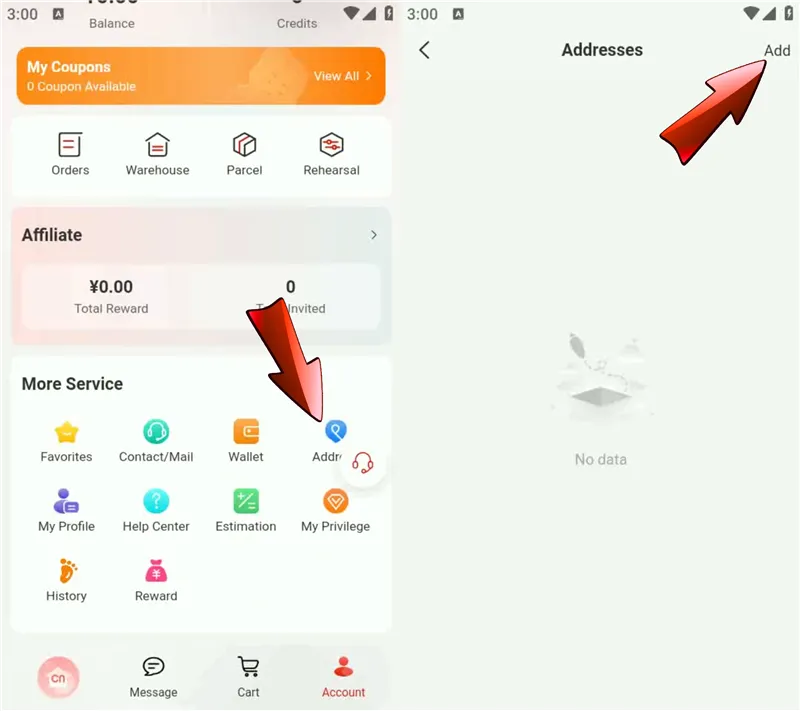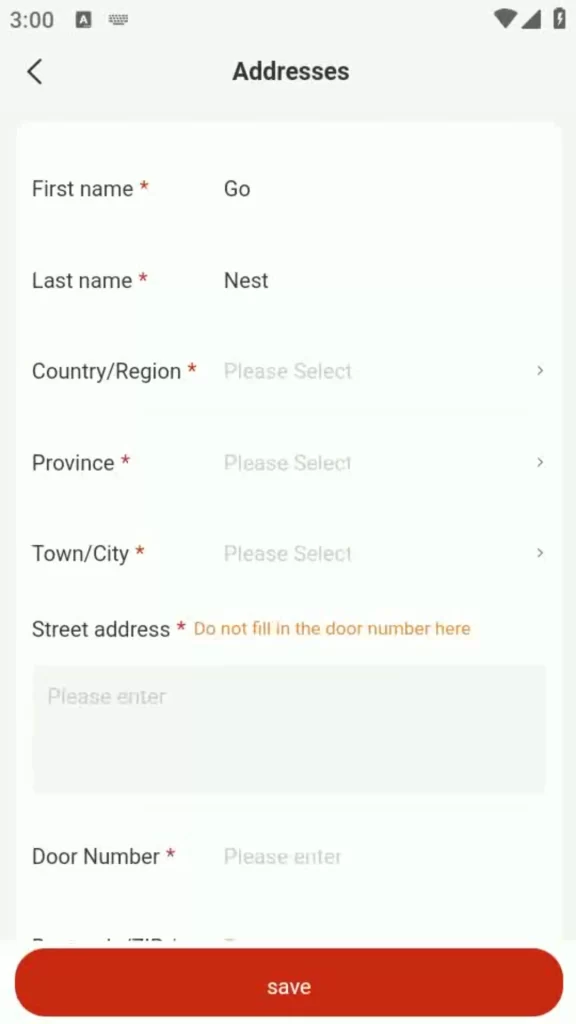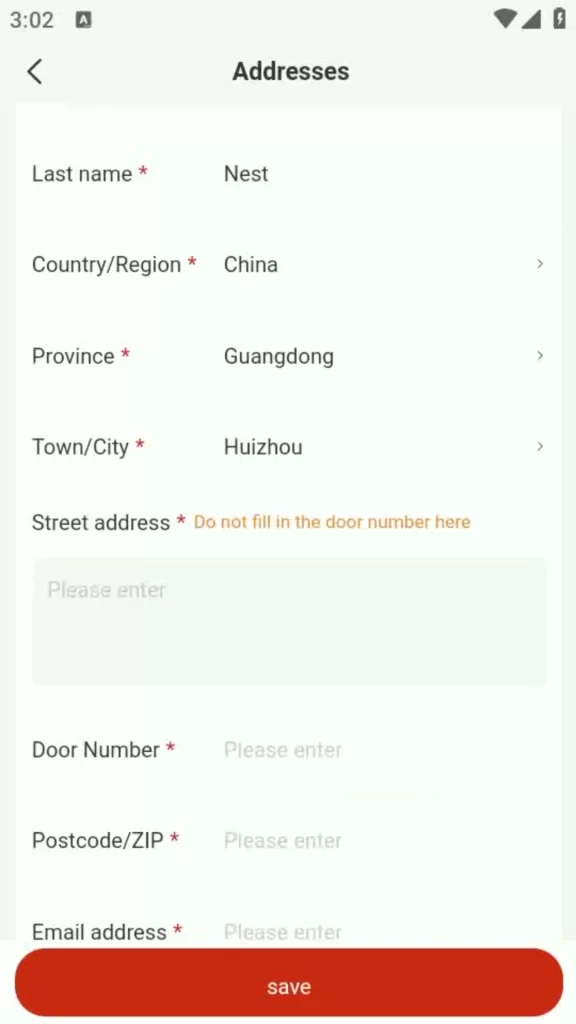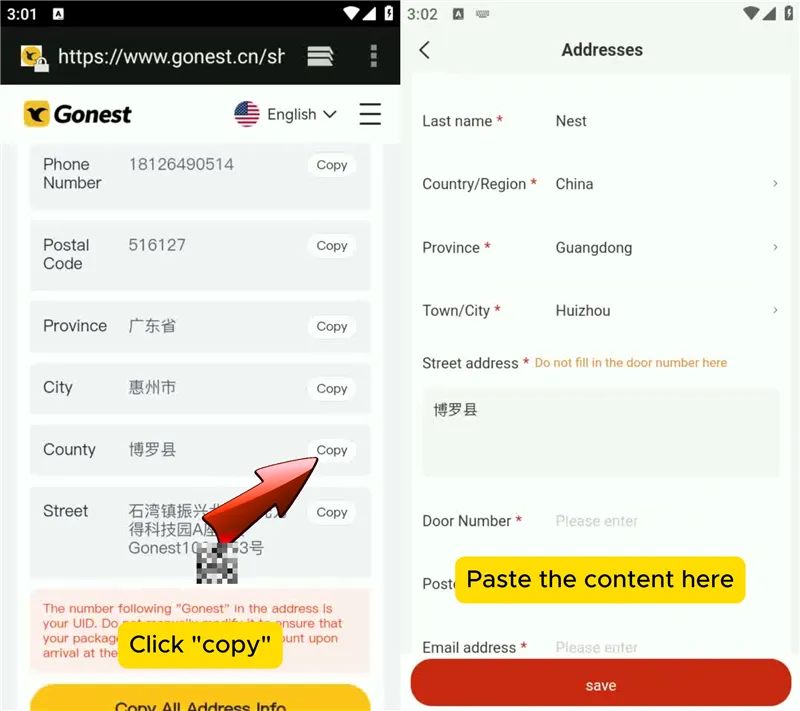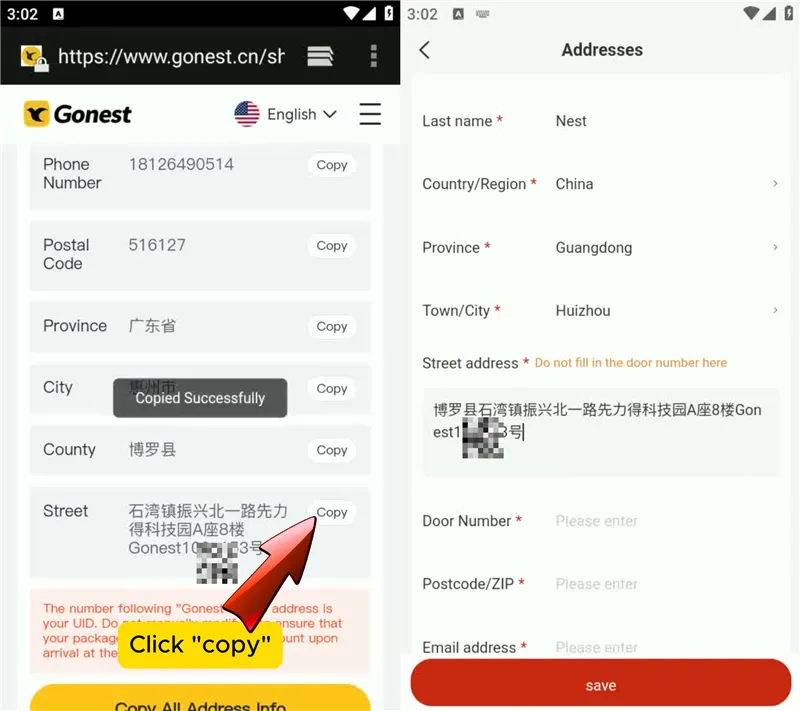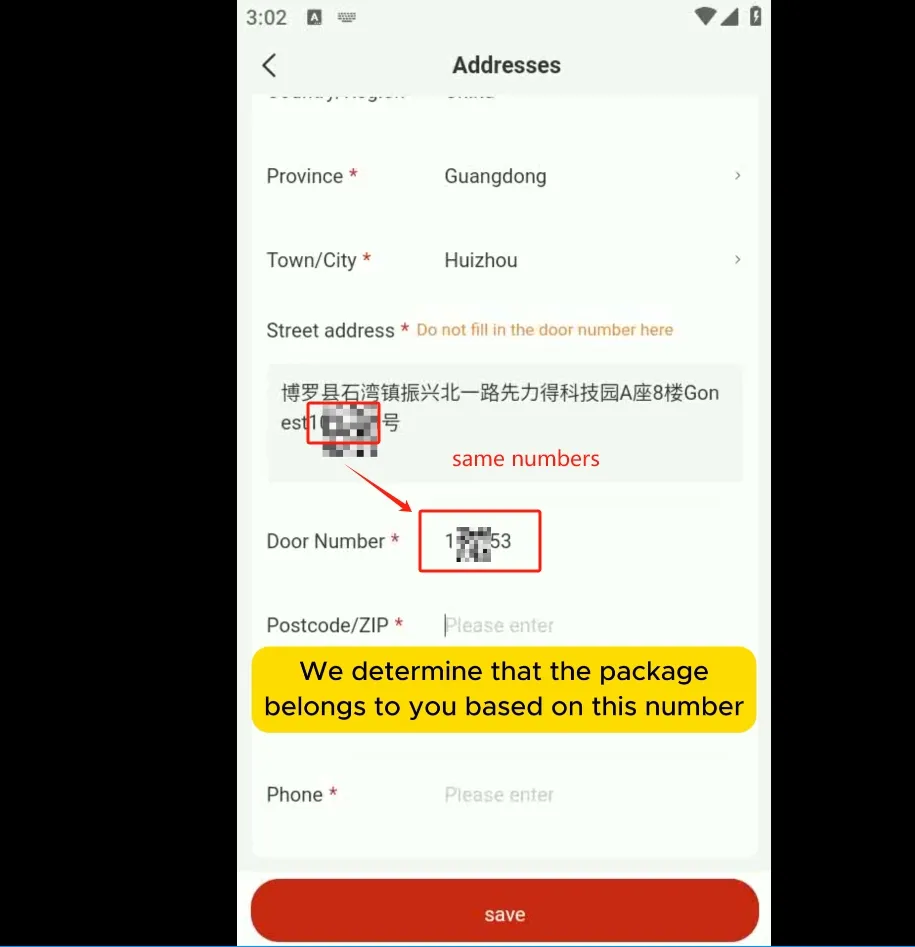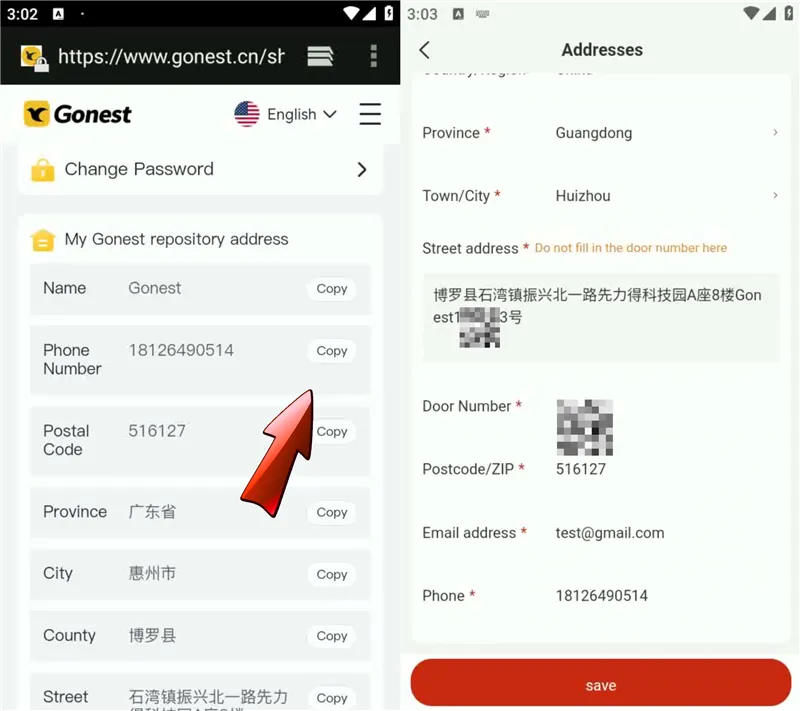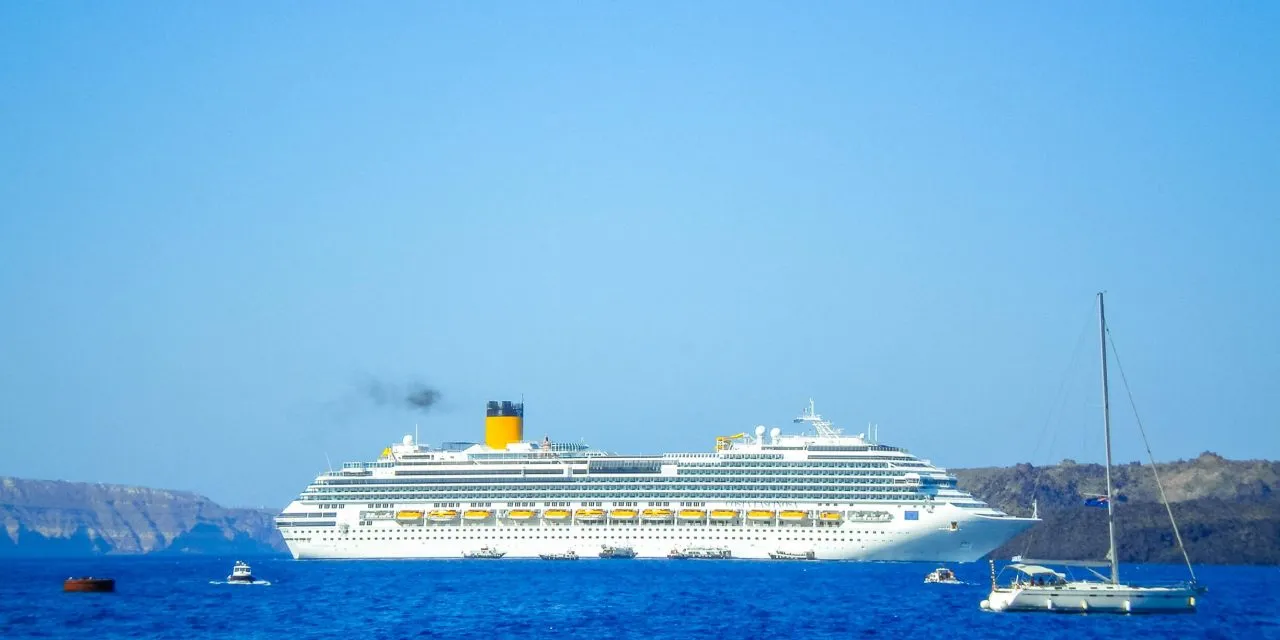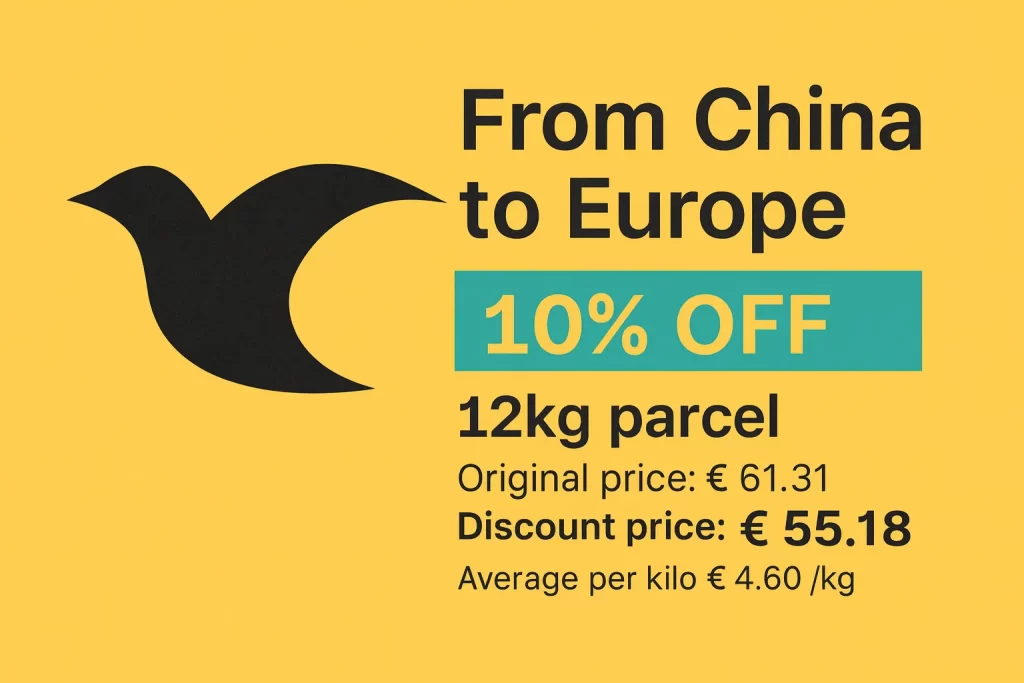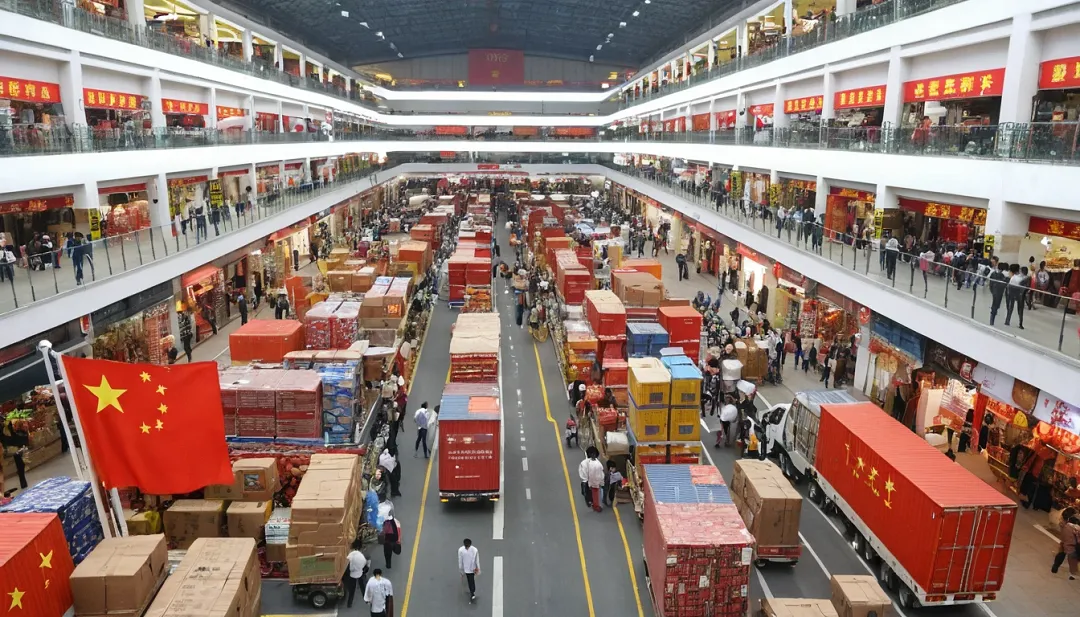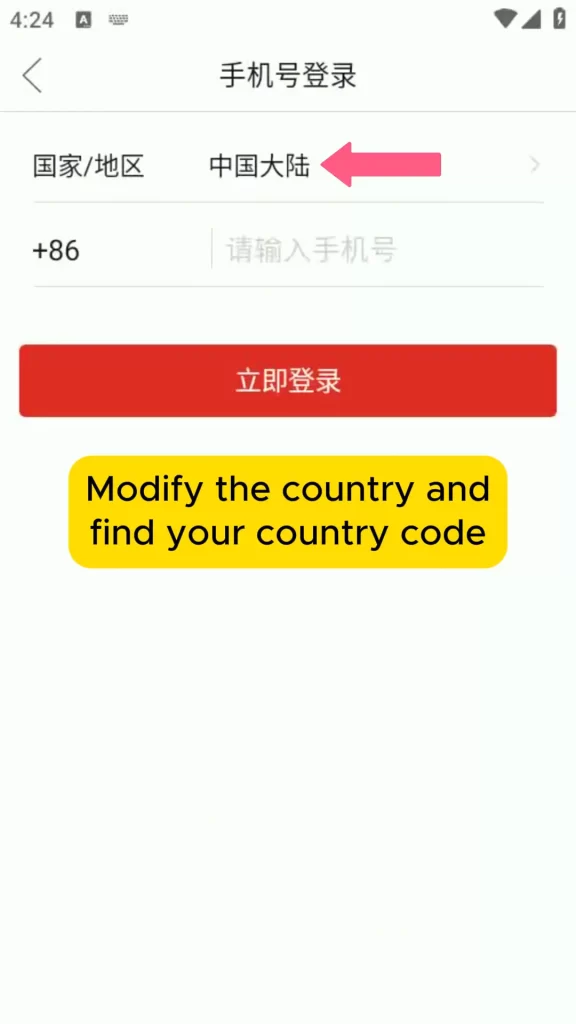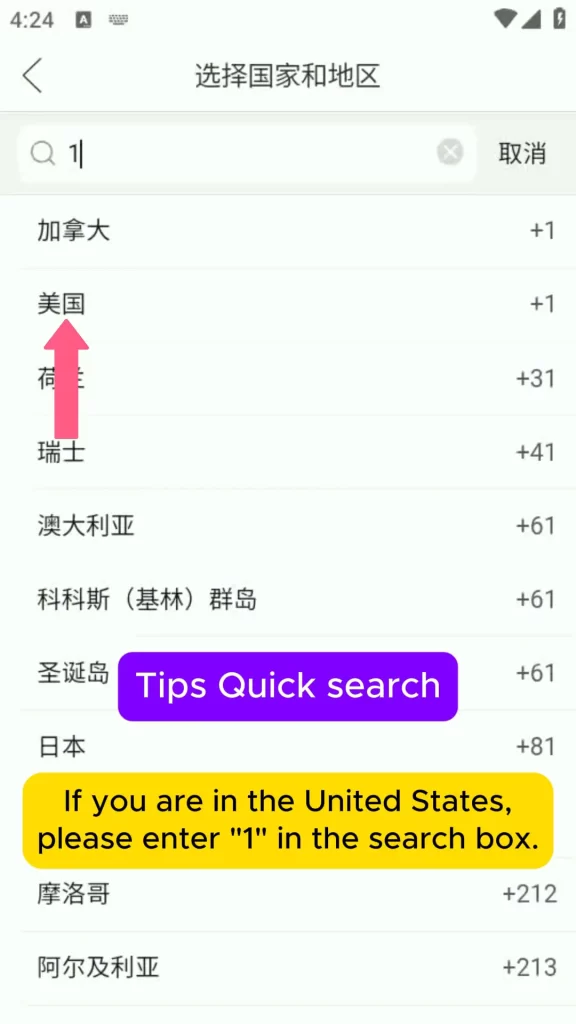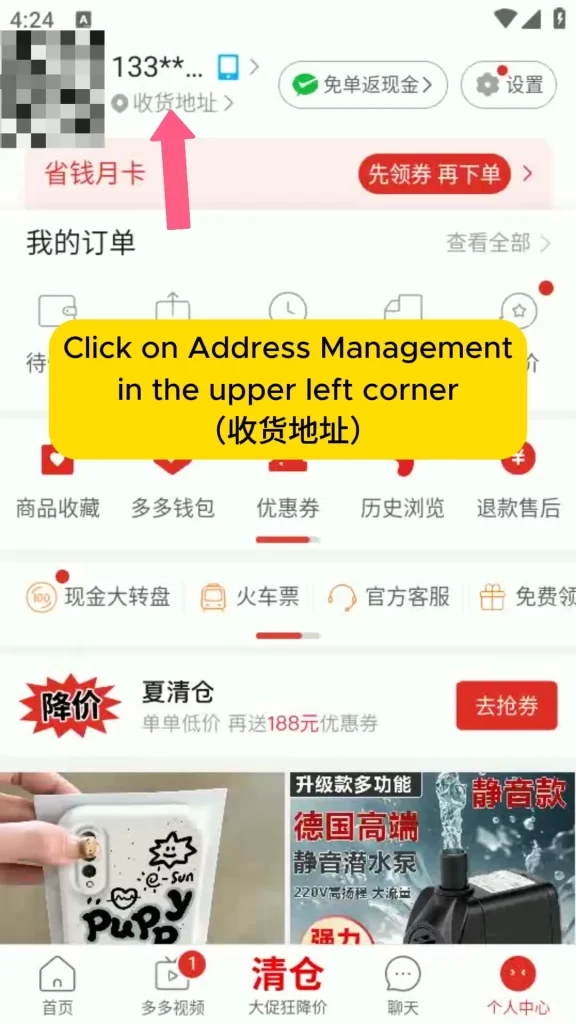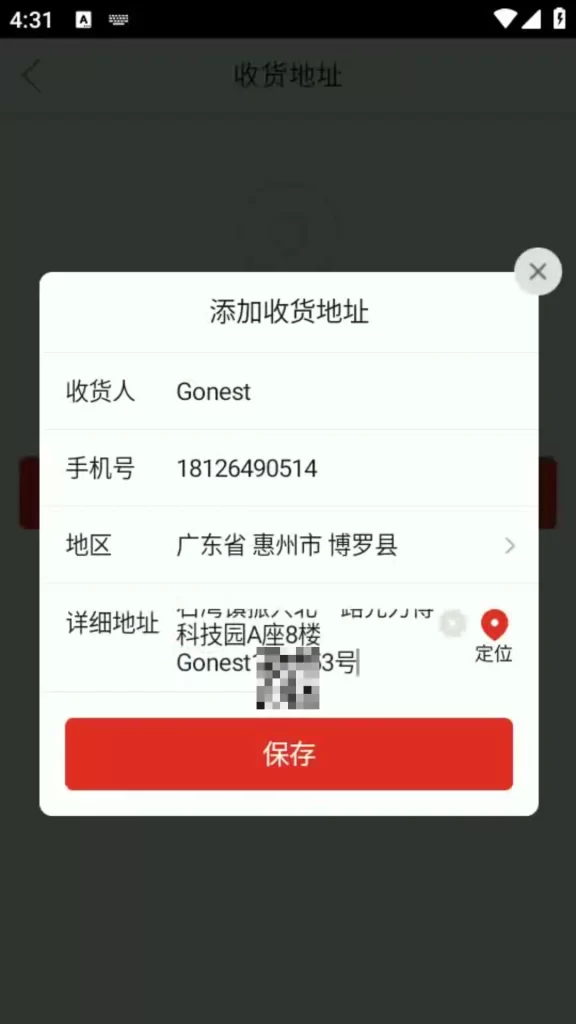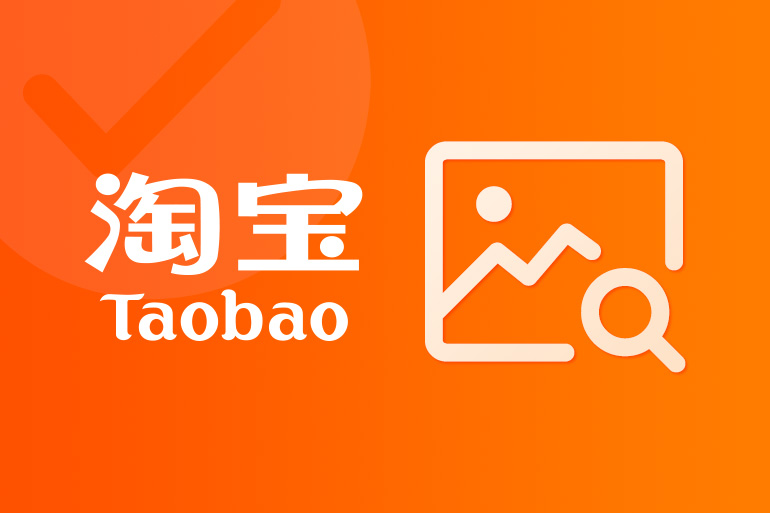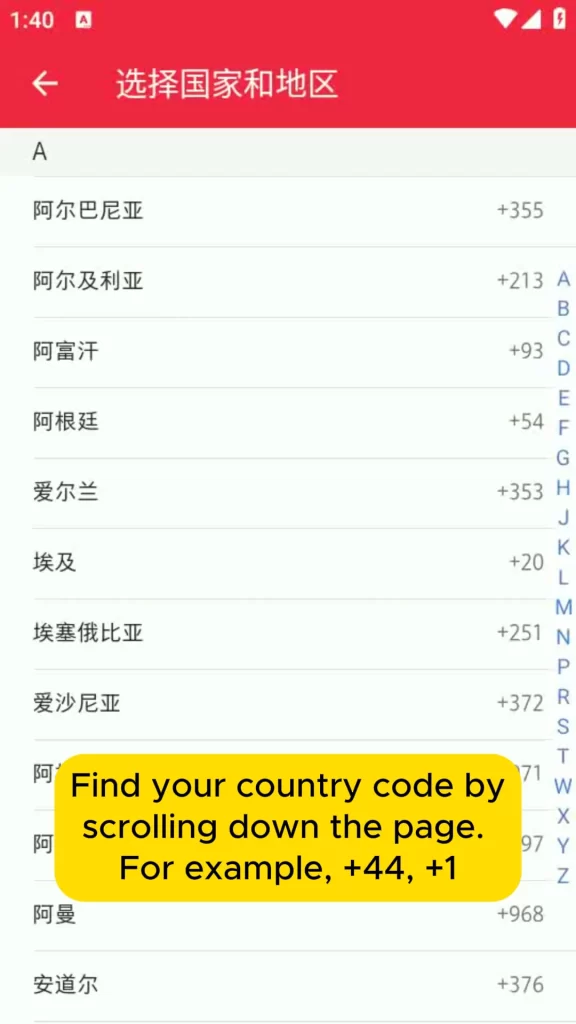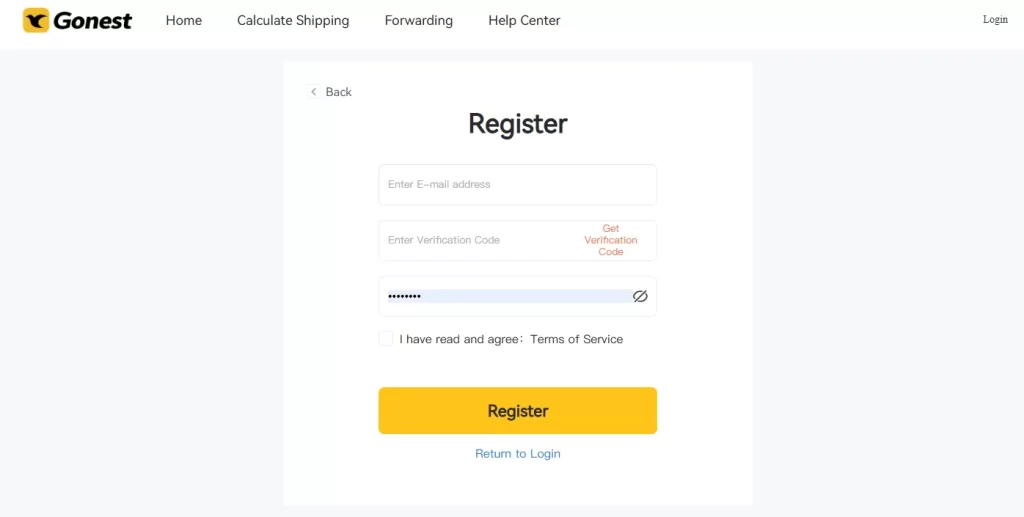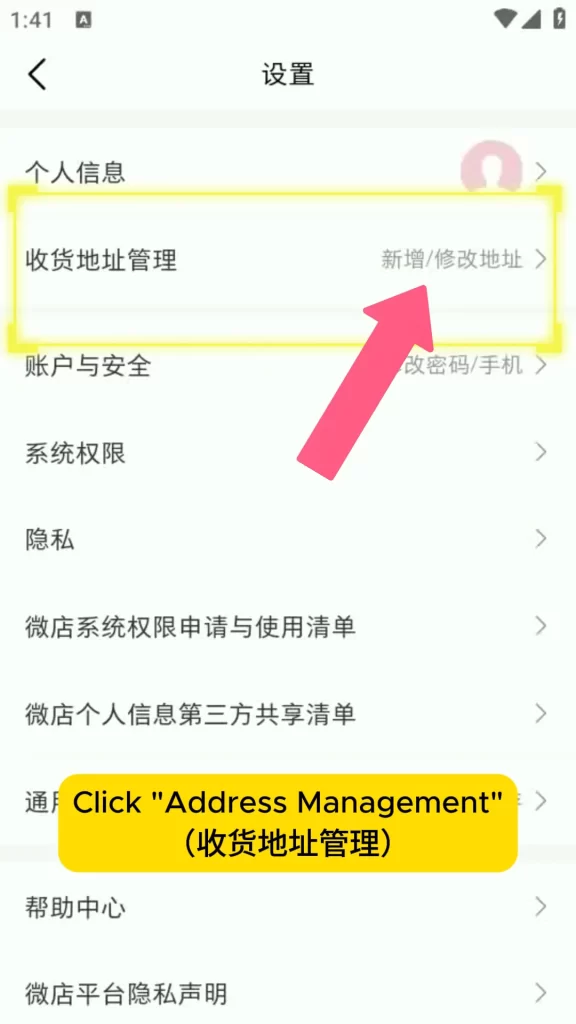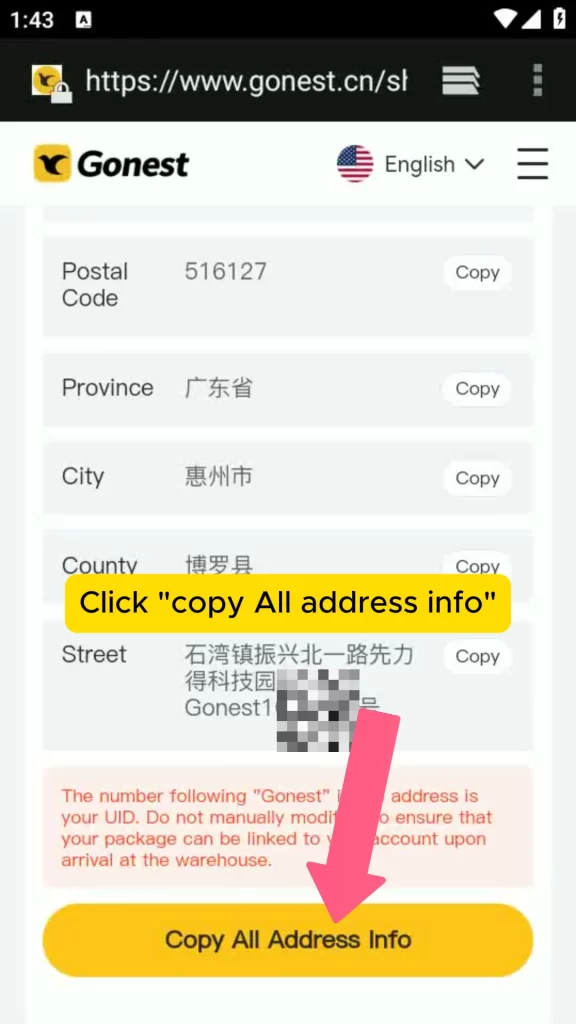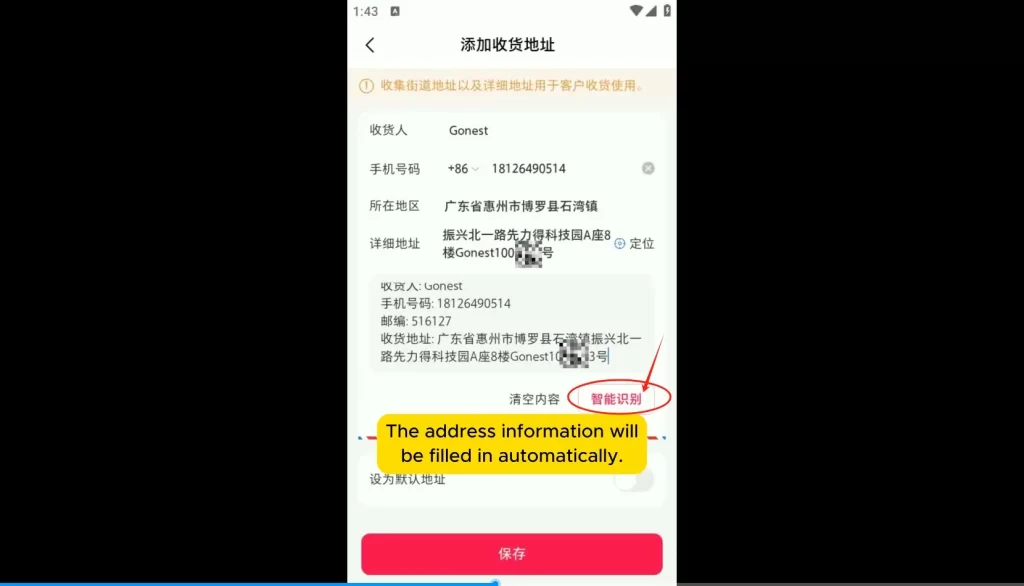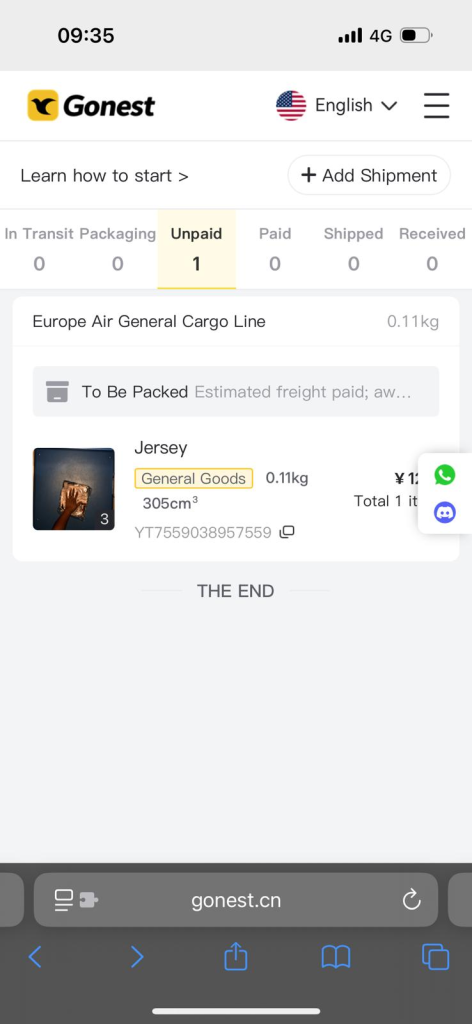Shipping goods across Europe has always been a balancing act between cost, speed, and reliability. For businesses and individuals alike, delays and hidden costs can cause real headaches. That’s where GoNest Europe comes in. Offering fast and affordable shipping services tailored to different needs, GoNest is quickly becoming one of the most trusted names in international logistics.
With a wide range of air, sea, and truck freight options, GoNest Europe ensures that your packages reach their destination on time, with free insurance and door-to-door delivery (DDP) included in the service. Whether you’re an e-commerce seller, small business owner, or individual shopper, GoNest Europe provides flexible and cost-effective solutions.
In this guide, we’ll explore everything you need to know about GoNest Europe shipping, including GoNest warehouse reviews, pricing, shipping options, and customer benefits.
GET IN TOUCH
Let us Send You a Quote
GoNest Warehouse: The Heart of Logistics
Features of GoNest Warehouse
The GoNest warehouse acts as the central hub for storage, sorting, and dispatching goods. Equipped with modern logistics systems, the warehouse ensures that items are safely packed, tracked, and shipped without delays.
- Advanced inventory management systems.
- Efficient order processing with barcode tracking.
- Secure storage with 24/7 monitoring.
- Dedicated staff for handling fragile and special goods.
GoNest Warehouse Reviews: What Customers Say
Customer reviews highlight GoNest’s transparency, reliability, and cost-effectiveness. Many users praise the fast order processing and responsive customer support. Businesses especially value the affordable bulk shipping rates and no hidden fees policy.
“GoNest warehouse made my business logistics smoother. My shipments are always processed quickly, and the tracking system keeps me updated in real time.” – Verified Customer
GoNest Europe Shipping Services Explained
GoNest offers multiple shipping lines designed for different needs. Whether you want fast delivery via air freight, cost-effective trucking solutions, or budget-friendly sea shipping, GoNest has you covered.
Europe Air General Cargo Line
Pricing, Base Weight & Additional Charges
- Base Weight: ¥135.00 / 0.5kg
- Additional Weight: ¥40.00 / 0.5kg
- Example (1kg): ¥157.50 (was ¥175.00)
Benefits
- Free Insurance.
- DDP (Delivered Duty Paid) – no extra customs fees.
- Door-to-door delivery in 8–15 days.
This option is perfect for small to medium-sized packages that require speed and reliability.
Europe Air Freight Line (Non-Volumetric 12000)
Cost Structure and Discounts
- Base Weight: ¥150.00 / 0.5kg
- Additional Weight: ¥45.00 / 0.5kg
- Example (1kg): ¥175.50 (was ¥195.00)
Key Advantages
- Volumetric weight exemption (ideal for lightweight but bulky packages).
- Free Insurance & DDP.
- 8–15 days delivery with no hidden surcharges.
This line is particularly beneficial for e-commerce businesses that ship products like shoes, bags, or lightweight electronics.
Europe Air Special Cargo Line
Who Should Use Special Cargo Shipping?
Designed for fragile, sensitive, or restricted items, this line caters to businesses shipping goods that require extra care.
Pricing & Delivery Times
- Base Weight: ¥135.00 / 0.5kg
- Additional Weight: ¥42.50 / 0.5kg
- Example (1kg): ¥159.75 (was ¥177.50)
- Delivery: 8–15 days
With free insurance and DDP, customers can ship with confidence knowing their cargo is protected.
Europe Route ① Truck Freight Special Goods
Truck Express Line Features
- DDP and door-to-door delivery.
- Free insurance.
- No residential address fees or hidden surcharges.
- Delivery time: 25–35 days.
Pricing
- Base Weight: ¥42.00 / 1kg
- Additional Weight: ¥42.00 / 1kg
- Example (12kg): ¥453.60 (was ¥504.00)
A cost-effective choice for bulk shipments that don’t require urgent delivery.
China-Europe Sea Freight Dedicated Line
Long-Term, Cost-Saving Option
For large-volume shipments, sea freight remains the most economical solution.
Pricing Breakdown
- Base Weight: ¥660.00 / 21kg
- Additional Weight: ¥31.50 / 1kg
- Example (21kg): ¥594.00 (was ¥660.00)
- Delivery Time: 45–60 days
This is the best choice for importers and wholesale buyers looking to cut costs.
Comparison of GoNest Europe Shipping Options
Choosing the right shipping method depends on budget, delivery timeline, and cargo type. GoNest Europe simplifies the process by offering clear, transparent options across air, truck, and sea freight.
GET IN TOUCH
Let us Send You a Quote
Air Freight vs Truck Freight vs Sea Freight
- Air General Cargo: 8–15 days | Best for small to medium packages | ¥157.50 / 1kg | Fast, reliable, affordable
- Air Freight (Non-Volumetric): 8–15 days | Best for bulky, lightweight goods | ¥175.50 / 1kg | No volumetric charges
- Air Special Cargo: 8–15 days | Best for fragile or restricted items | ¥159.75 / 1kg | Safe handling & free insurance
- Truck Freight Special Goods: 25–35 days | Best for bulk shipments | ¥453.60 / 12kg | No hidden surcharges
- Sea Freight Dedicated Line: 45–60 days | Best for wholesale orders & imports | ¥594.00 / 21kg | Lowest cost for bulk
Best Option for Small Businesses
Small e-commerce sellers or boutique brands will benefit most from Air General Cargo and Air Freight (Non-Volumetric 12000). These methods provide fast shipping at competitive rates, helping businesses maintain happy customers and repeat orders.
Best Option for Bulk Orders
For wholesalers, distributors, or manufacturers, Truck Freight and Sea Freight offer the lowest per-unit cost. While delivery takes longer, the savings on large shipments make it worthwhile.
Key Benefits of Choosing GoNest Europe
Shipping isn’t just about moving goods from Point A to Point B. Businesses need assurance, transparency, and affordability. GoNest Europe stands out by providing a customer-first approach with these advantages:
Free Insurance and DDP Service
Every shipment comes with free insurance, giving customers peace of mind in case of unexpected damages or losses. Additionally, DDP (Delivered Duty Paid) means GoNest handles all customs duties and taxes—no surprise costs at delivery.
No Hidden Charges or Residential Fees
Unlike many logistics companies that add residential surcharges or category-based fees, GoNest Europe maintains a flat, transparent pricing structure. What you see is what you pay.
Transparent Pricing and Discounts
GoNest publishes its base and additional weight pricing upfront, ensuring customers can calculate costs before shipping. Regular discounts make their services even more appealing to both individuals and businesses.
How to Book a Shipment with GoNest Europe
Step-by-Step Booking Process
- Register or log in on the GoNest Europe platform.
- Select your shipping line (Air, Truck, or Sea).
- Enter package details including weight, dimensions, and destination.
- Receive instant pricing with all fees included.
- Confirm and pay securely through the platform.
- Track your shipment in real-time until delivery.
Payment and Tracking Options
GoNest supports multiple payment methods including international cards and digital wallets. After booking, customers can use the tracking portal to monitor shipment status from warehouse dispatch to final delivery.
Who Should Use GoNest Europe Services?
E-commerce Sellers
Online sellers on platforms like Amazon, eBay, and Shopify rely on GoNest for fast, affordable delivery that boosts customer satisfaction.
Small and Medium Enterprises (SMEs)
SMEs importing supplies or exporting goods benefit from cost-effective truck and sea freight options, ensuring they stay competitive.
Individual Shoppers
Even individuals who shop overseas can use GoNest to ship personal items at discounted rates with insurance included.
Frequently Asked Questions (FAQs)
- 1. Is GoNest Europe reliable for international shipping?
Yes. GoNest Europe has built a strong reputation for on-time deliveries, transparent pricing, and reliable customer service.
- 2. How much does GoNest Europe shipping cost?
Costs vary by shipping line and weight. For example, Air General Cargo starts at ¥135.00 per 0.5kg, while Truck Freight is priced at ¥42.00 per kg (from 12kg minimum).
- 3. What is the delivery time for GoNest Europe services?
Air Freight: 8–15 days.
Truck Freight: 25–35 days.
Sea Freight: 45–60 days.
- 4. Does GoNest Europe offer free insurance?
Yes. Every shipment includes free insurance, ensuring peace of mind for customers.
- 5. What are GoNest warehouse reviews like?
Reviews highlight the efficiency, fast processing, and secure handling at GoNest warehouses. Businesses especially value the inventory management system and responsive support team.
- 6. How does GoNest compare with other shipping companies?
Compared to competitors, GoNest Europe offers more transparent pricing, free insurance, no hidden fees, and DDP service, making it one of the most cost-effective shipping partners in Europe.
Conclusion: Why GoNest Europe is a Smart Choice
In today’s global marketplace, businesses and individuals need shipping solutions that are reliable, affordable, and fast. GoNest Europe meets all three requirements with a variety of air, truck, and sea freight options that cater to different needs.
From GoNest warehouse efficiency to customer-friendly policies like free insurance, DDP delivery, and transparent pricing, GoNest Europe stands out as a trusted logistics partner.
Whether you’re a small business owner, wholesale importer, or online shopper, choosing GoNest Europe ensures your shipments arrive safely, on time, and at the best price possible.
